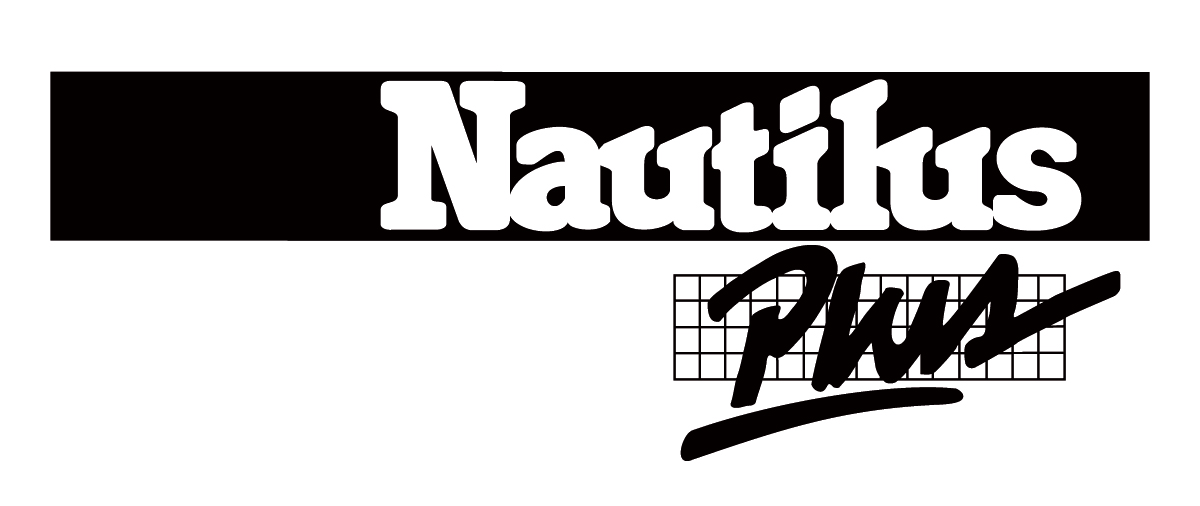
Dietary fibre
Most of us do not consume enough fibre to reap their benefits! They mainly assist in keeping cholesterol and blood sugar in check, and also help regulate intestinal transit and manage weight through their satiating effect.
Fibre requirements
Here are the requirements for an adult:
- Men between the ages of 9 and 50: 38 g per day
- Men over the age of 50: 30 g per day
- Women between the ages of 19 and 50: 25 g per day
- Women over the age of 50: 21 g per day
25 g of fibre is equivalent to:
Breakfast: ½ cup whole wheat bran cereals + 1 medium banana
Lunch: a sandwich made of two slices of whole wheat bread + ½ cup carrots
Supper: 1 cup white spaghetti pasta + ½ cup broccoli
Generally speaking, Canadians only get 15 g of fibre per day, which barely accounts for half of their recommended daily intake. This low quantity can hinder weight loss and maintenance, as appetite is poorly controlled. The less fibre we get from nutrition, the less food expands in our stomach, and this leaves us feeling hungry. Eating vegetables, fruits, legumes and grains is therefore essential!
Properties of fibre
There are two types of fibres: soluble and insoluble, each with their own properties:
Soluble fibres
Properties:
Help stabilise cholesterol and blood sugar
May help reduce symptoms of irritable bowel syndrome
May counter the effects of diarrhea
Sources:
Psyllium enriched cereals
Cereal and oat bran
Legumes (ex: lentils)
Pectin-rich fruit (ex: apples, strawberries, oranges, grapefruit)
Preferably cooked vegetables (ex: carrots, asparagus, squash, zucchini, peeled potatoes)
Barley
Nuts
Chia and flax seeds
Insoluble fibres
Properties:
Increase intestinal transit
Increase satiety
Sources:
Brand and wheat cereals
Whole-grains foods
Vegetables (ex: broccoli, Brussels sprouts, potatoes with skin)
Fruits (ex: grapes)
Nuts and seeds
Legumes
Note: Most foods that contain fibre provide a mix of soluble and insoluble fibres, and some may contain more of one of these two types.
A nutrition rich in fibre requires that you drink a lot of water to avoid getting your intestines clogged. Aim to drink from 1.5 to 2 L of water per day, excluding the water you drink during your workouts.
As a last note, here are a few tips to add some fibre to your menu:
- Add oat flakes or chia seeds to your yogurt;
- Eat fruits and vegetables as snacks and in your meals (prepare them ahead of time);
- In your recipes, substitute half the quantity of white flour with whole-wheat flour;
- Add legumes to your menu: add some to your chilli, spaghetti sauce, or simply puree them;
- Favour whole grain products and vary your side dishes: barley, quinoa, millet, wild rice, etc.
Marie-Eve Nadeau P.Dt
Chaput, Cynthia. Diabetes Quebec team of dietiticans/nutritionists. Dietary fibre. http://www.diabete.qc.ca/en/living-with-diabetes/diet/food-and-nutrients/dietary-fibre June 2015.
All about fibre is a post from Nautilus Plus. The Nautilus Plus blog aims to help people in their journey to fitness through articles on training, nutrition, motivation, exercise and healthy recipes.
Copyright © Nautilus Plus 2015

